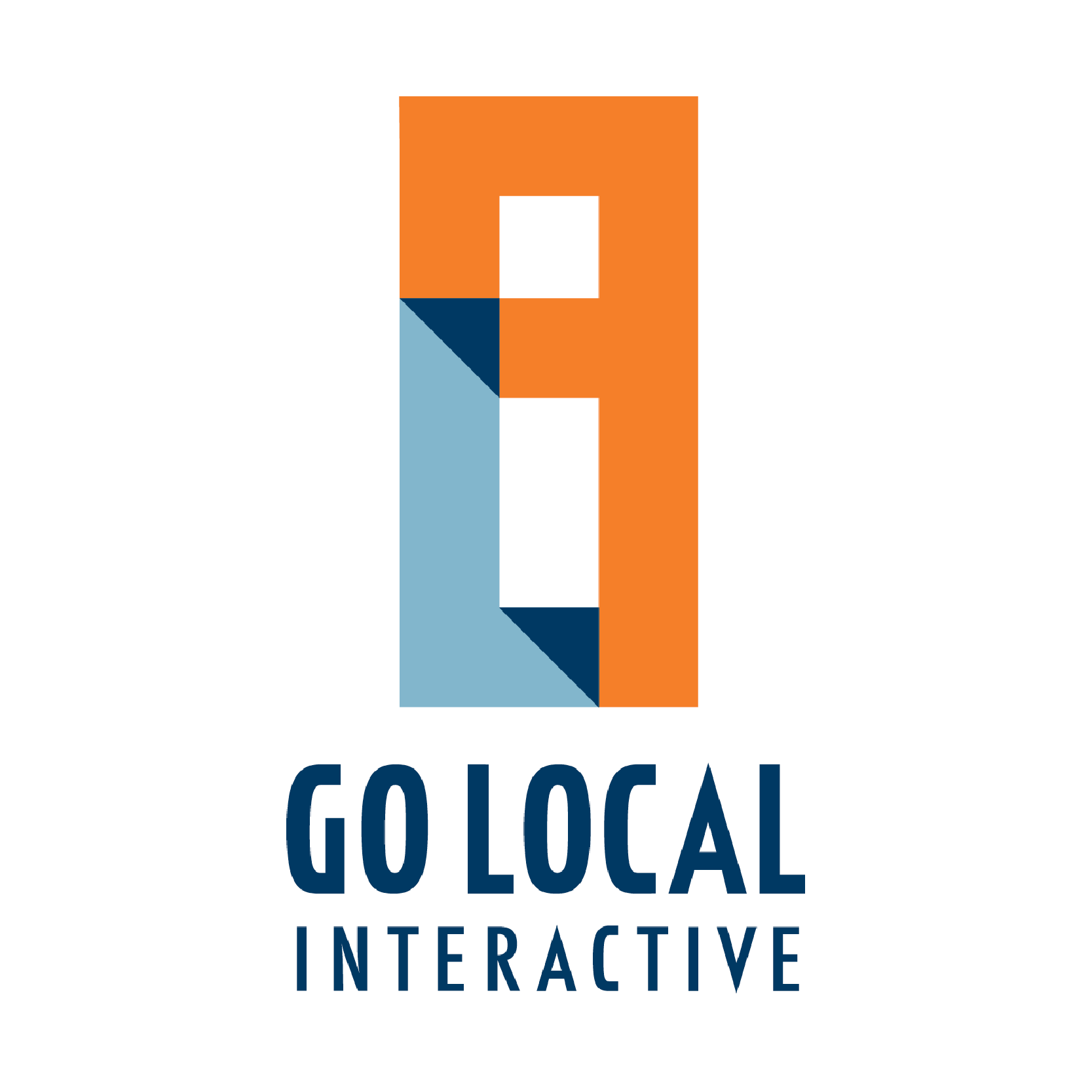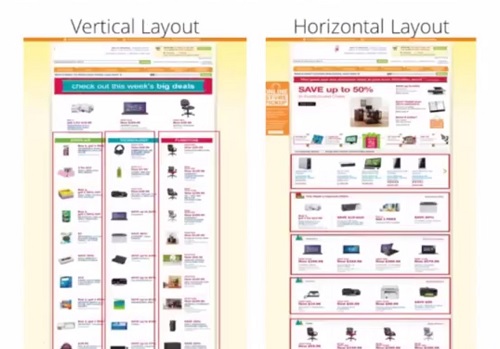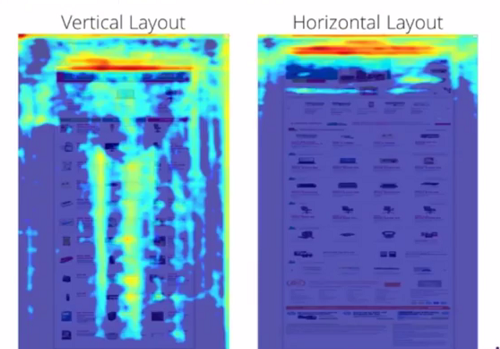Marketing and psychology may not intuitively go hand-in-hand, but the truth is they heavily influence one another. Marketing is defined as “the activity…and processes for creating, communicating, and delivering offerings that have value for customers…and society as a whole.” So, what does this have to do with the scientific study of the human brain? To be an effective marketer, you have to understand your audience; this means understanding people on an individual and organizational level. To do so, you have to know how the human mind works in a variety of situations and use this knowledge as a tool. Before making the assumption that I am encouraging marketers to be brainwashing manipulators, it is important to note that marketers have already been subtly influencing their audience’s subconscious drives for many decades. To be an effective marketer today, you need every tool you can get your hands on, and understanding the human mind is simply another one of these crucial tools.
Before diving any deeper, I would like to include a disclaimer: There is an ethical line when it comes to merging psychology and marketing. If a method seems manipulative and malicious, it probably is. Another important thing to note is that I am not talking about advertising exclusively. Advertising may be the most obvious form of the cross between marketing and psychology, but it is not the only outlet for executing this tool of influence.
Digital marketing is very quickly taking over more traditional forms of marketing. Utilizing digital channels has helped marketing communicators more efficiently and effectively reach their target consumers, and many more of them than before. And marketers have become proficient at it. If you hope to compete as a marketer today, as mentioned previously, it is imperative you use every tool possible. This is where understanding how to effectively leverage a knowledge of psychology comes into play. Below are specific ways these concepts can be applied to several realms of the digital marketing world:
Website Development
A website is arguably one of the most important assets a business has. It is also an incredible marketing tool; websites are one of a potential customer’s main sources of information about your business. This is why it is crucial to have a website that encourages consumer engagement. One study conducted by Dr. Liraz Margalit, a web psychologist for Clicktale, addressed the impact of the Gestalt effect on website design. This theory emphasizes humans’ tendency to always create a meaningful whole, even if one may not exist. Take this picture for example:
What shapes do you see? Most people would say they see two triangles and three circles. However, there are no circles or triangles at all. The fact that you see these shapes is because the Gestalt effect is at work; our brain creates meaningful wholes, even if they do not exist, in order to make better sense of our surroundings. Dr. Margalit applied this concept to websites. She tested the following two website designs for visitor engagement:
Her goal was to discover if version one, vertical layout, or version two, horizontal layout, would encourage more interaction with the site. Take a look at the results discovered from website heat-mapping:
The results show a dramatic difference in visitor interaction with the site. In the vertical layout, visitors engage far past the average fold, or the part of the website we see as soon as we land on the page. Whereas the horizontal layout encouraged very little engagement beyond the average fold. This can be explained by the Gestalt effect. Below are images of the average fold for each layout:
The horizontal layout provides a complete picture, thus our minds are immediately satisfied. On the other hand, the vertical layout shows an incomplete shape which creates a need to complete the shape so we see a meaningful whole. This urge is unconscious; it does not matter if we are interested in the content or not. We are motivated by the Gestalt effect to scroll further to complete the open shape. Dr. Margalit concluded from these findings that if you wish to experience interaction on a site, do not display closed shapes above the fold, and design your site vertically.
Social Media
To survive in business today, it is absolutely essential to have a social media presence. This is the choice platform for younger generations to communicate with brands. However, it is important to note that people of all ages utilize social media. In fact, 45 percent of social media users are over the age of 40. And with nearly two billion people using Facebook every day, social media is an excellent way for your brand to achieve exposure, and this exposure is exactly where psychology comes into play.
At one point or another you have probably heard the phrases “familiarity breeds contempt” or “absence makes the heart grow fonder.” Dr. Robert B. Zajonc decided to put this to the test, and the results shocked many. He found the exact opposite to be true: the more you are exposed to a stimulus the more likely you are to have positive feelings for that particular stimulus. He tested this by splitting research participants into two groups. The experimental group was shown a meaningless shape that resembled Chinese characters throughout the experiment while the control group was shown nothing. At the end of the study, Zajonc asked participants to guess if they believed the symbol to be a positive or negative adjective. Overwhelmingly, those that were previously exposed to the symbol rated the symbol as positive versus their counterparts who were not previously exposed.
What implications does this have for social media? Simply put: post, post, post. Simply being exposed to a brand multiple times via social media can breed a likeness to that brand with no further knowledge. You can increase the power of a brand simply by exposing people to it. This is why it is crucial to be on as many social platforms as possible. Increase your exposure on social media to increase potential consumer’s positive feelings toward your brand.
Search Engine Optimization (SEO)
Humans have a natural tendency to prefer the quickest, easiest paths possible. Don’t worry, this is not the same as being lazy. In fact, this is an evolved state of mind that is a necessary tool for survival. We do not have the time to logically contemplate every single decision we make. Say someone just asked you what you wanted for lunch. If you were to approach this question analytically, you would first start by listing every restaurant you know to exist, organize them by types of food served, weigh the pros and cons of each place, evaluate their convenience, price, cleanliness, and quality, and finally, slowly begin to narrow down restaurants until you have reached an answer that has the greatest amount of benefit when compared to costs. Now imagine that you did this for every decision throughout your day: What clothing you should wear, which route to take to work, what flavor of soda to drink, etc. We make thousands of decisions every day, and approaching each like this would be exhausting. This is why we create these mental shortcuts known as heuristics. Heuristics enable us to choose a place to eat based on past experience and liking, which is usually a much quicker process.
SEO is the perfect example of ways to simplify processes for your target market. It is no wonder less than 10% of searchers make it to the second page of a Google search. People want quick, simple answers to their questions. This is why it is so crucial to appear on the first page of search results if you hope to attract business. Even more crucial than the first page are the first three organic search results, which attract nearly two-thirds of all clicks. Ensure that your SEO is up to par if you hope to attract visitors to your site.
Paid Media
While SEO efforts can push your business close to the top of search results, paid media is one way a brand can ensure their website is displayed at the top of search results. The effect of heuristics is still at play here, however, there is another powerful psychological principle that makes paid media effective: The primacy effect. Put simply, the primacy effect explains the tendency for people to remember the first piece of information better than following bits of information. Investing in paid media to place your business at the top of search results is a reliable method to induce remembering your brand over others in the same results.
Want to learn more about the complexities of digital marketing? Be sure to check out other Go Local blog posts, insights, and case studies or contact us directly!





